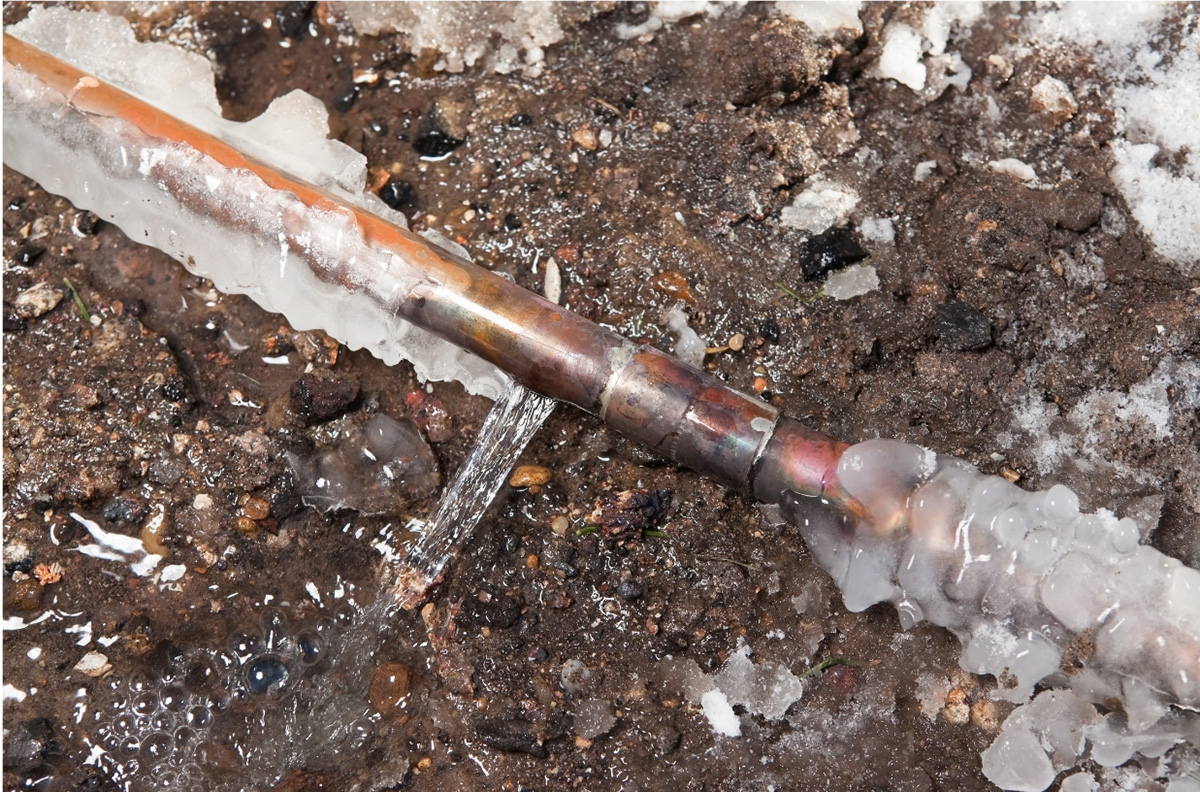Protecting Against Frozen Pipes in Cold Weather: Essential Advice
Protecting Against Frozen Pipes in Cold Weather: Essential Advice
Blog Article
This article listed below involving Preventing and dealing with frozen pipes is rather remarkable. Don't bypass it.

Winter can ruin your plumbing, specifically by freezing pipes. Right here's just how to stop it from happening and what to do if it does.
Introduction
As temperature levels drop, the threat of frozen pipes rises, potentially leading to pricey repair work and water damage. Recognizing how to avoid icy pipelines is vital for house owners in cold climates.
Avoidance Tips
Protecting vulnerable pipelines
Wrap pipes in insulation sleeves or make use of warmth tape to protect them from freezing temperatures. Concentrate on pipelines in unheated or external areas of the home.
Heating techniques
Keep indoor rooms adequately heated up, particularly locations with plumbing. Open cupboard doors to permit warm air to distribute around pipelines under sinks.
Just how to recognize icy pipelines
Look for decreased water flow from faucets, uncommon smells or sounds from pipes, and visible frost on subjected pipes.
Long-Term Solutions
Structural modifications
Think about rerouting pipelines far from outside wall surfaces or unheated areas. Include extra insulation to attics, basements, and crawl spaces.
Updating insulation
Purchase premium insulation for pipes, attic rooms, and walls. Correct insulation aids maintain regular temperature levels and minimizes the danger of icy pipelines.
Protecting Exterior Plumbing
Garden hoses and exterior taps
Detach and drain pipes yard pipes before winter months. Set up frost-proof spigots or cover outside faucets with insulated caps.
Understanding Frozen Pipelines
What causes pipelines to ice up?
Pipes freeze when exposed to temperature levels listed below 32 ° F (0 ° C) for prolonged periods. As water inside the pipes ices up, it increases, putting pressure on the pipe walls and potentially triggering them to break.
Risks and damages
Icy pipelines can result in supply of water disruptions, residential or commercial property damages, and costly repair work. Ruptured pipelines can flooding homes and trigger extensive architectural damage.
Signs of Frozen Water Lines
Identifying frozen pipelines early can prevent them from bursting.
What to Do If Your Pipelines Freeze
Immediate activities to take
If you believe icy pipes, keep taps open up to soothe stress as the ice melts. Use a hairdryer or towels taken in warm water to thaw pipes gradually.
Verdict
Stopping frozen pipelines requires aggressive procedures and fast actions. By comprehending the reasons, indicators, and preventive measures, home owners can protect their pipes during cold weather.
5 Ways to Prevent Frozen Pipes
Drain Outdoor Faucets and Disconnect Hoses
First, close the shut-off valve that controls the flow of water in the pipe to your outdoor faucet. Then, head outside to disconnect and drain your hose and open the outdoor faucet to allow the water to completely drain out of the line. Turn off the faucet when done. Finally, head back to the shut-off valve and drain the remaining water inside the pipe into a bucket or container. Additionally, if you have a home irrigation system, you should consider hiring an expert to clear the system of water each year.
Insulate Pipes
One of the best and most cost-effective methods for preventing frozen water pipes is to wrap your pipes with insulation. This is especially important for areas in your home that aren’t exposed to heat, such as an attic. We suggest using foam sleeves, which can typically be found at your local hardware store.
Keep Heat Running at 65
Your pipes are located inside your walls, and the temperature there is much colder than the rest of the house. To prevent your pipes from freezing, The Insurance Information Institute suggests that you keep your home heated to at least 65 degrees, even when traveling. You may want to invest in smart devices that can keep an eye on the temperature in your home while you’re away.
Leave Water Dripping
Moving water — even a small trickle — can prevent ice from forming inside your pipes. When freezing temps are imminent, start a drip of water from all faucets that serve exposed pipes. Leaving a few faucets running will also help relieve pressure inside the pipes and help prevent a rupture if the water inside freezes.
Open Cupboard Doors
Warm your kitchen and bathroom pipes by opening cupboards and vanities. You should also leave your interior doors ajar to help warm air circulate evenly throughout your home.

Do you really like reading about How to Prevent Your Pipes From Freezing? Give a remark below. We would be happy to listen to your ideas about this article. Hoping to see you back again soon. Sharing is good. You never know, you will be helping someone out. Bless you for being here. Return soon.
Recurring Service Plans Report this page